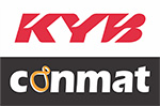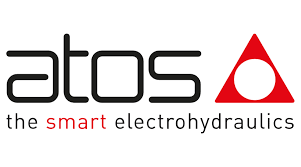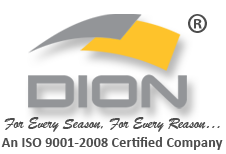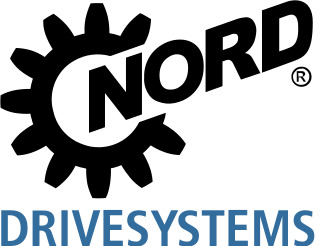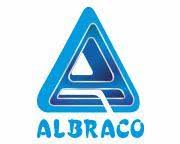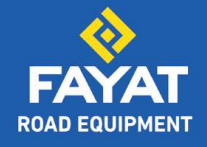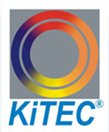Hindustan Zinc has adopted innovative solutions for responsible mining
By Edit Team | April 9, 2021 12:09 pm SHARE
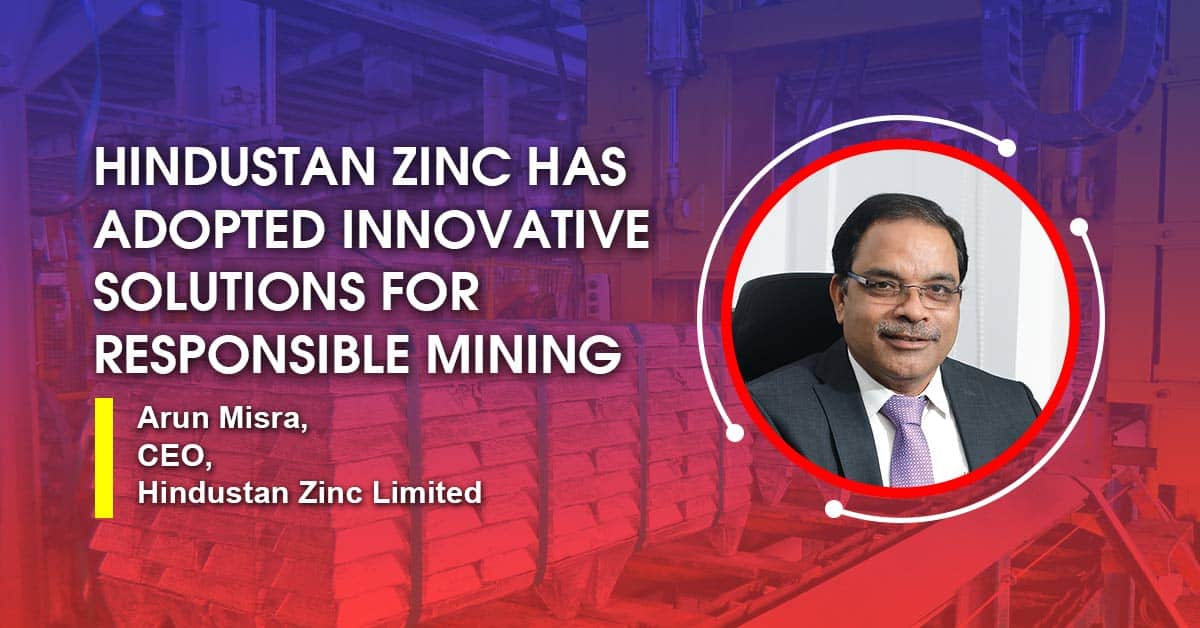
We recently signed a MoU with Epiroc to introduce Battery Electric Vehicles (BEVs) in underground mining. This is the first of its kind initiative that has been taken up in India in the mining sector, says Arun Misra, CEO, Hindustan Zinc Limited.
What are the emerging technology trends in mining?
Technology is the catalyst that is at the heart of making mining operations ‘smart’, ‘sustainable’ and ‘safe’ by leveraging digital tools and processes that make operations instrumented, interconnected, and intelligent. Some of the emerging technology trends that we are fast integrating into our mines are in the areas of automation and remote operation, realtime data capture, digital twins, drones, mine to mill process integration, hydraulic ore hoisting and safety innovation.
The automation and remote operation help use the mine’s wireless network and allow the operator to utilise the machine functions from a remote location including, drilling levelling, tramming, and GPS hole navigation to increase the productivity, safety, and cost efficiency of the process.
Also, advances in the Internet of Things (IoT) technology is enabling a connected network of low-cost, highly capable sensors to capture data in real-time and enable integrated planning, control, and decision support in our mines at Hindustan Zinc.
Digital twins (digitised geological, engineering, and asset data) is an emerging technology that enables the creation of a digital model of the physical environment, constructed using geological, engineering, and asset information. This can be continuously updated with data from sensors and location-aware mobile devices enabling robust real-time data-driven decision making. Additionally, for data collection, inspection, stock control, condition, and safety monitoring, new improved unmanned drones are also being used.
Another noteworthy technological intervention that we have successfully embraced in our operations at Hindustan Zinc is the mine to mill process integration technology that maximises mine-to mill metal extraction. Similarly, hydraulic ore hoisting provides a potentially cost effective way of hoisting crushed ore from underground mines to the surface. Another technology, safety analytics, effectively predicts potential harm and offers the means to prevent it.
We are consciously working with our partners towards building and adopting these capabilities as we look at it as an investment into the future of mining where sustainability, safety, efficiency and innovation are an integral part of operations. Increasingly, different digital solutions are being bundled into the offerings of the equipment manufacturers and service providers too.
What are some of the mining equipment you plan to add this year?
Hindustan Zinc has always been at the forefront of adopting innovative solutions and smart technologies for responsible mining. We recently signed an MoU with Epiroc to introduce Battery Electric Vehicles (BEVs) in underground mining. This is the first of its kind initiative that has been taken up in India in the mining sector and we are proud to be the leaders in bringing sustainable solutions across operations.
This partnership will help to drastically reduce carbon emissions, enabling the mine operations to become more environmentally friendly. Our current plan is to bring BEVs in the operational and support equipment at specific levels in the unit.
We are also planning to introduce Mobile Miner technology in our mines. Mobile Miner, the rock cutting process is continuous and predictable which makes planning and scheduling much easier – a critical factor for the mining industry to become more cost-efficient and predictable in their operations. Further, we are looking at introducing mineral sizer technology which is the latest innovation in the crushing industry providing a compact and efficient way of comminution.
We are using tele-remote LHD, solo equipment and jumbo equipment that remove the operator from the hazardous area and relocate them to a secure and protected location where they can control the machine via remote with the help of multiple cameras and sensors. Presently, our Sindesar Khurd underground mine has tele-remote LHD and solo equipment running and we are planning to expand this feature to our other units as well.
What are some of the other steps necessary to make the domestic mining industry more competitive and to lift exports?
Are the reforms announced by the government in line to address these concerns? The mining industry is very capital intensive and requires significant investments before one can see any profits. It, therefore, becomes unfair that the Indian zinc and lead mining industry must compete with a few custom smelters under free trade agreements. The benefits under the free trade agreements should be given based on certain value-addition norms. Today, both zinc and lead are imported into the country at preferential duties with minuscule value addition. This needs to be checked to ensure a fair playing field for our mining industry in the country.
We firmly believe that mining can be the cornerstone of an Atmanirbhar Bharat, and our natural resources can propel India’s dream of being a $5 trillion economy. We are rich in natural resources and it is time that we look to mine what we have instead of importing it. A country progresses by using its resources to manufacture finished goods and not by exporting its rich mineral wealth. This is the very concept behind ‘Make in India’.
We should export only surplus zinc after serving the domestic demand. Our products are world-class and have global acceptance. We are strategically positioned near a very large Asian market but do not necessarily enjoy the best sea freights. A focus market incentive for the Middle East and East Asian countries like Taiwan, Malaysia, Indonesia, and Bangladesh will greatly aid our ability to export and make us globally competitive.
How can the system of incentivising early production aid the growth of the mining sector?
Mining is a very high gestation activity as there is a significant time lag between conceptualisation to the start of the project to the extraction of minerals and to eventually seeing the return on investment. These, coupled with the uncertainties around the challenges of dealing with nature as the project progresses, make it very risky for the investors and hence prolong decisions, further increasing the turnaround time for the actual production to commence for a mining project – especially if it is a greenfield. This is one of the main reasons for the lack of growth in the mining sector in India.
To overcome this, incentivising early production in terms of lower rate/waiver of royalty and rebate on revenue sharing for the initial phase of the project (for some fixed period), if a company commences production before or as per agreed schedule will help the growth of mining sector. Additionally, there is a need to make various clearances simpler and there should be some incentive/penalty scheme, linked to the timelines.
Although a lot of amendments have been made in the last few years in the favour of mining, there is still a lot that can be done. Self-regulation should be promoted with a stringent penalty/reward mechanism for the project proponent. All the clearances related to the environment as a part of Mine Plan approval can be clubbed under one umbrella.
What is the role of the metal and mining sector in making India self reliant?
Mining and metal is one of the core sectors that drives growth and prosperity and this below-the-earth-economy is crucial and integral to ensuring the nation catapults itself to being selfsufficient. We are at the crossroad where India needs to boldly decide to secure the opportunity to aggressively move towards deploying our talent, strength, resources, and minerals into making products that can be sold across the globe and thus reducing import bill drastically. I have a positive outlook on the near future and with the vision of $5-trillion economy, India has the capability of being a leader in producing world-class metals and minerals. The sector not only contributes to GDP but also acts as a catalyst for the growth of other core industries like power, steel, cement, etc, which, in turn, are critical for the overall development of the economy.
As a labour-intensive industry, mining can play a pivotal role in creating more avenues for job opportunities, particularly in the areas, which have limited potential for other economic activities. Also, it acts as a significant variable towards achieving sustainable and inclusive growth.
The scope for new mining opportunities is huge, considering the metal and mining sector is witnessing major reforms owing to initiatives such as vocal for local, smart cities, rural electrification, etc. The five major foundations on which self– reliant India can be driven are Economy, Infrastructure, Demography, Demand, and Systems. When sectoral growth happens across these various levels, there is a huge opportunity for talent to flow from industry to industry and specifically the mining industry.
In the past 17 years, we at Hindustan Zinc have invested over $3 billion in expansion projects and achieved a mined metal capacity of 1.2 million tonne adding great value towards state and nation development. With operations in Rajasthan, eight mines and three smelting units, we contribute around 1.8 per cent to the GDP of the state of Rajasthan while creating thousands of direct and indirect job opportunities for people residing in and around our locations.
With a 20,000-plus workforce, Hindustan Zinc is one of the largest employers in the state. We are also the largest taxpayer in the state of Rajasthan, contributing about 50 per cent of our revenue to public finances. In 2019-20 alone, we contributed Rs 9,150 crore in the form of taxes, royalties, etc to the government.
Cookie Consent
We use cookies to personalize your experience. By continuing to visit this website you agree to our Terms & Conditions, Privacy Policy and Cookie Policy.



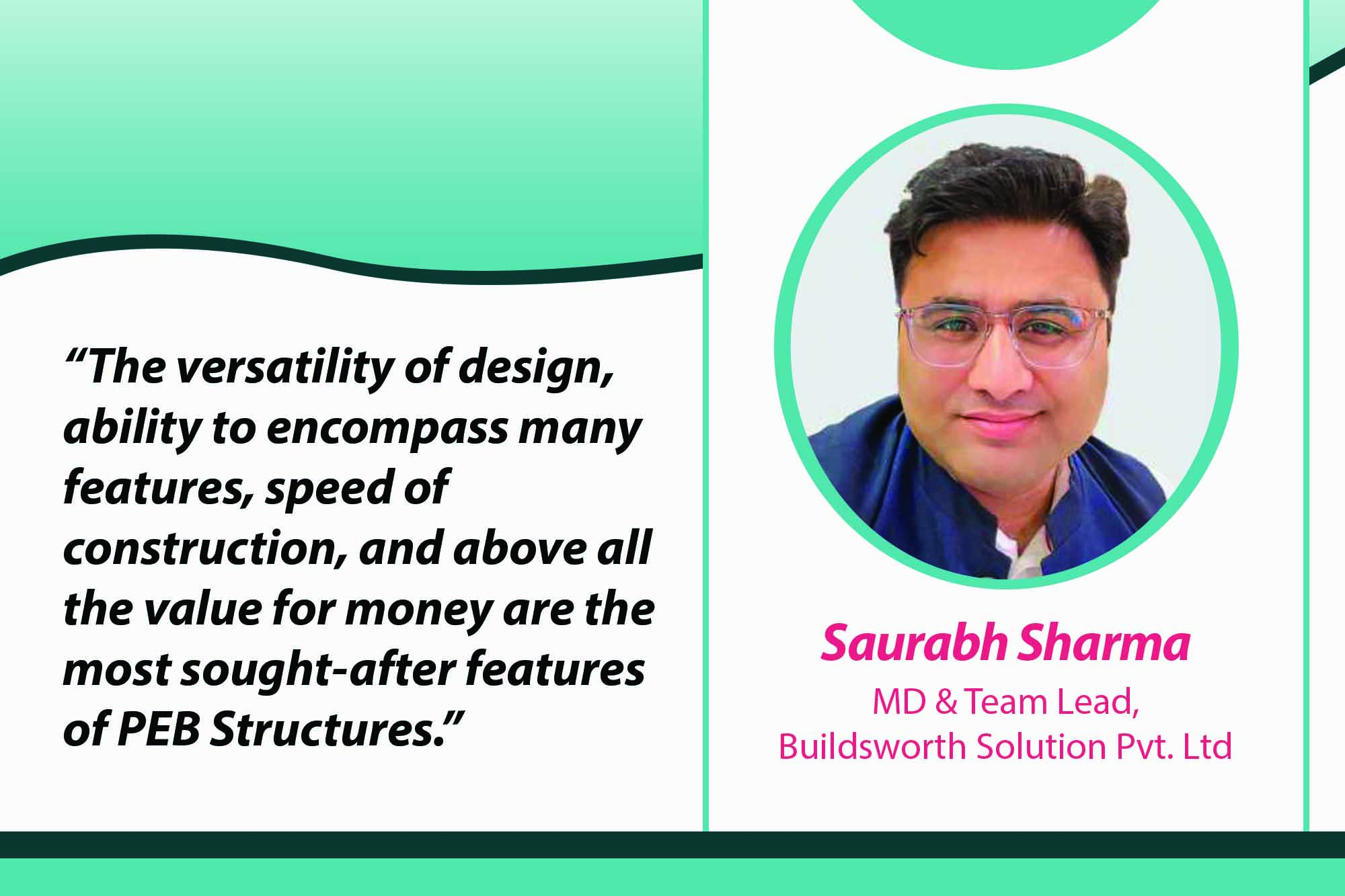

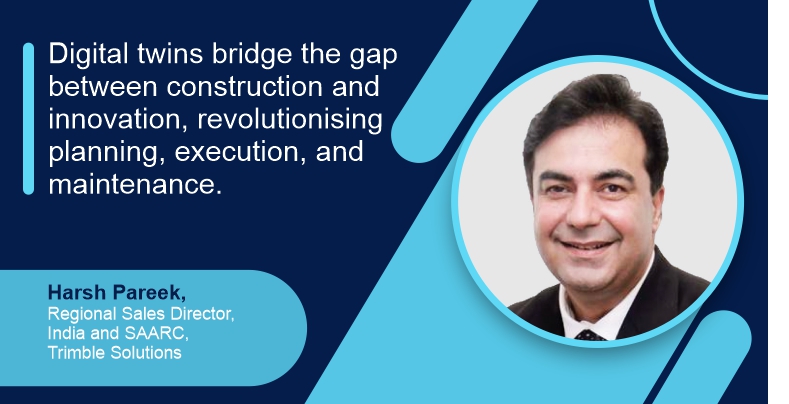
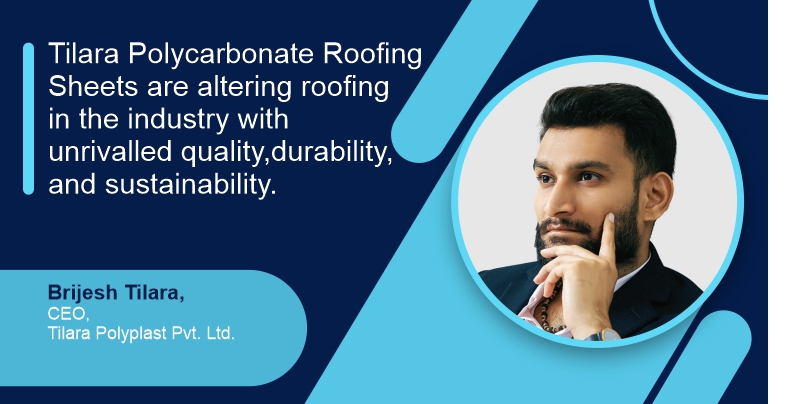
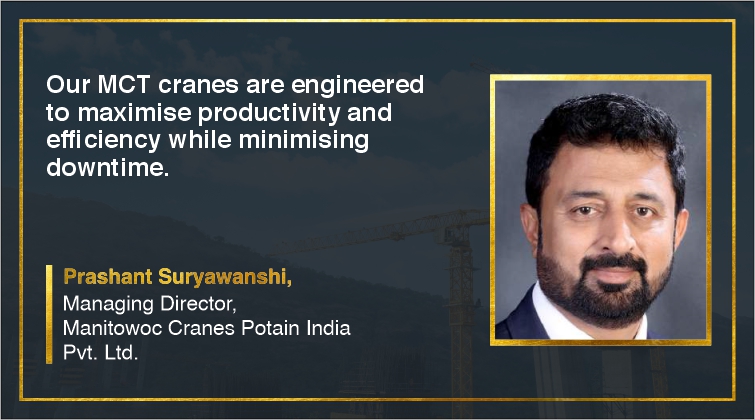
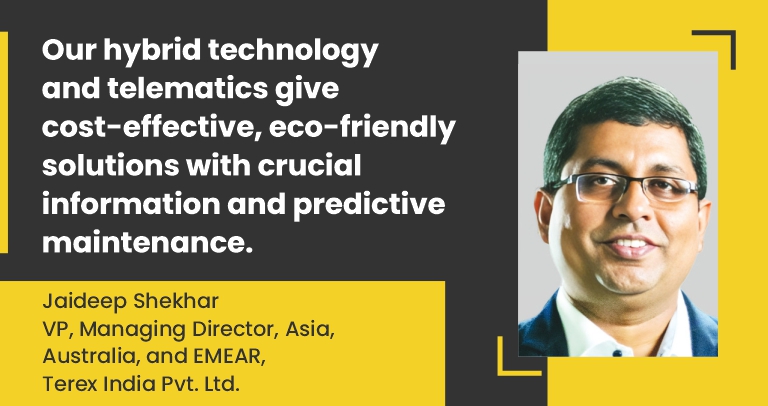












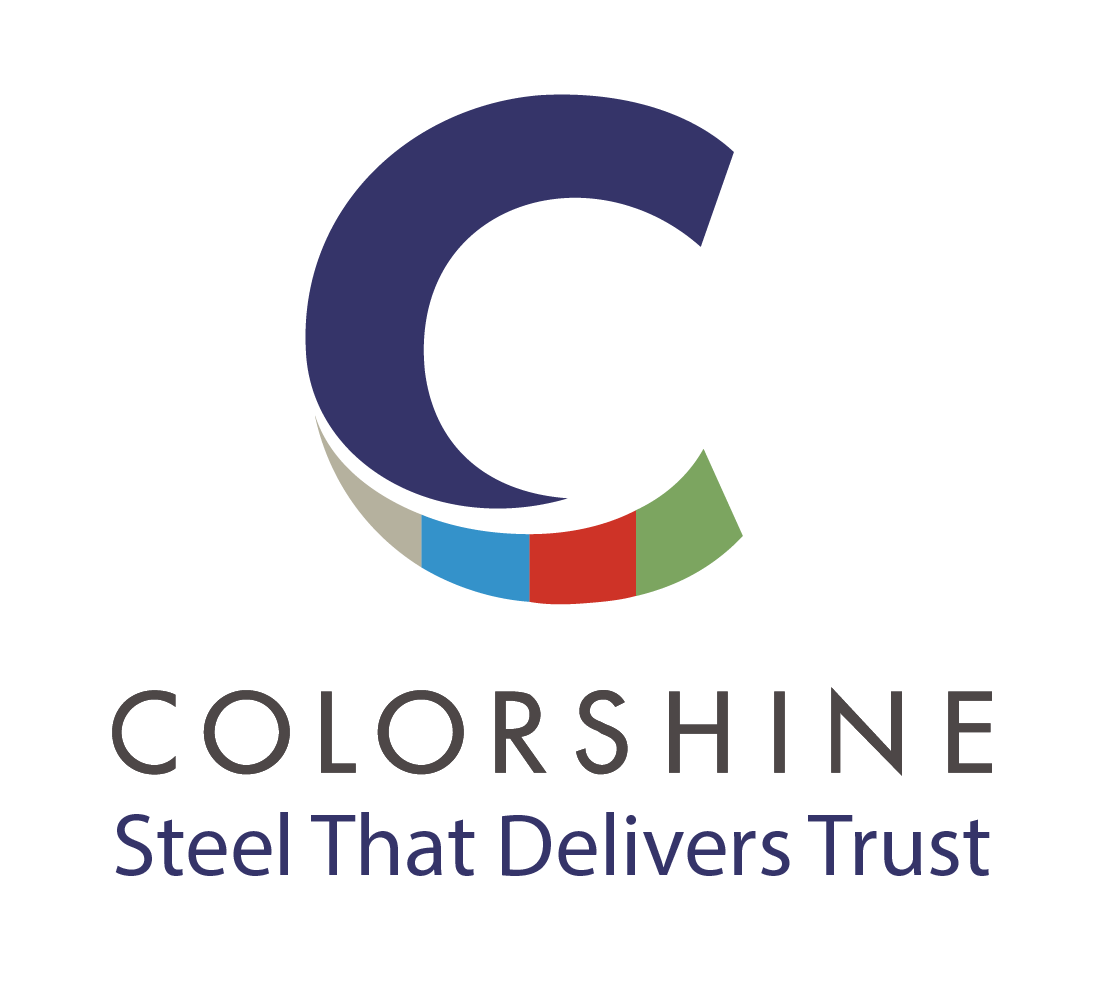




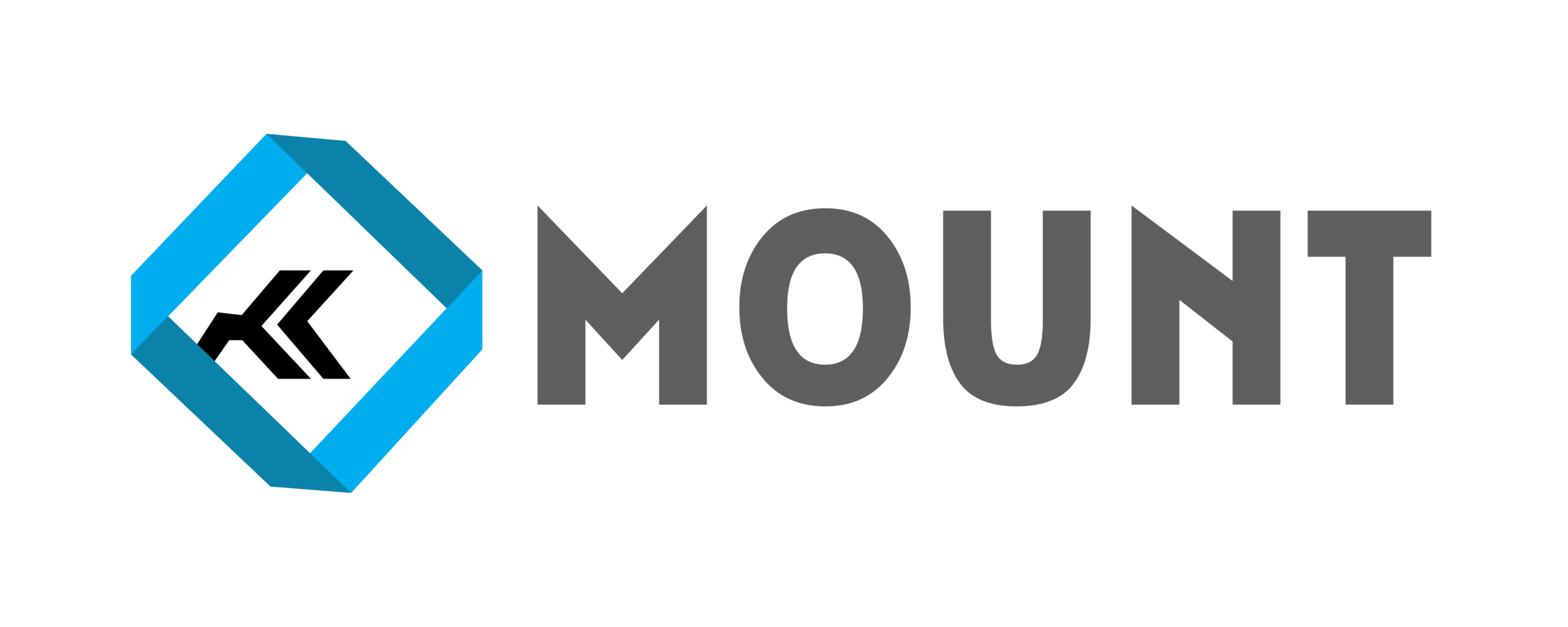






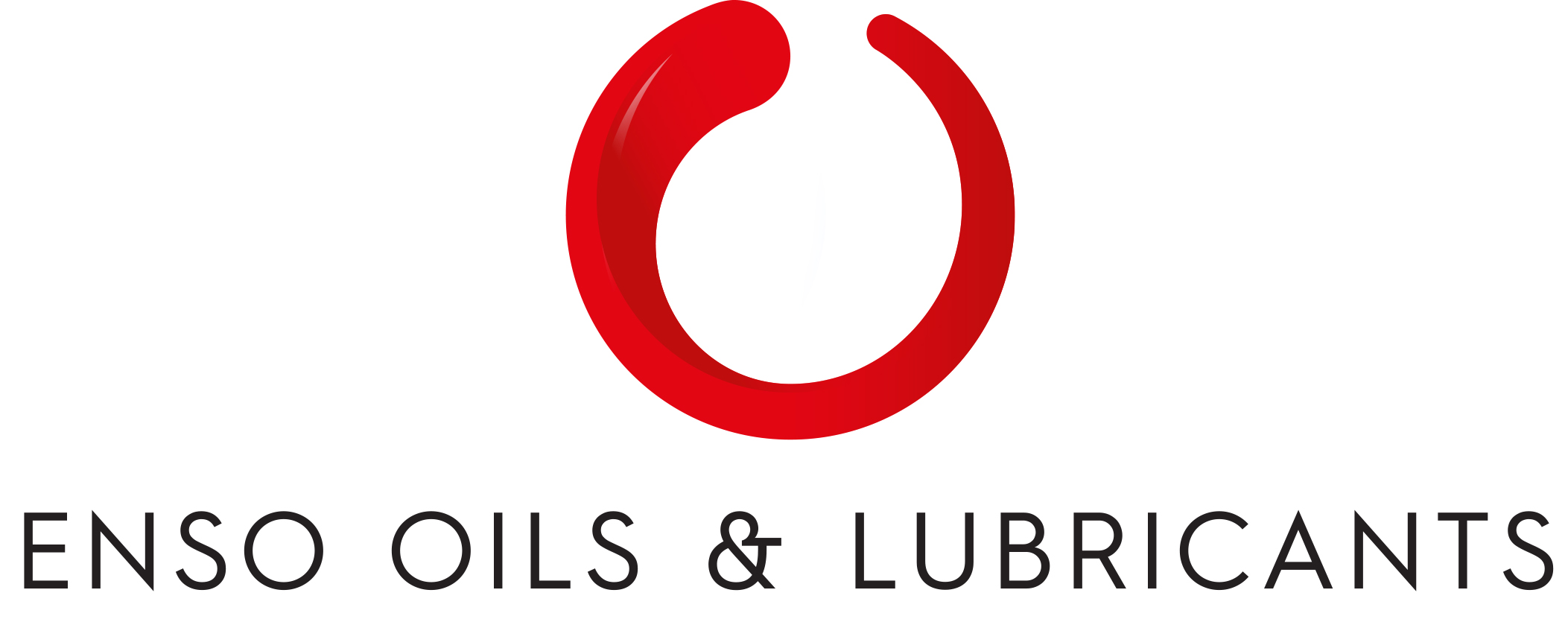


-20240213125207.png)

